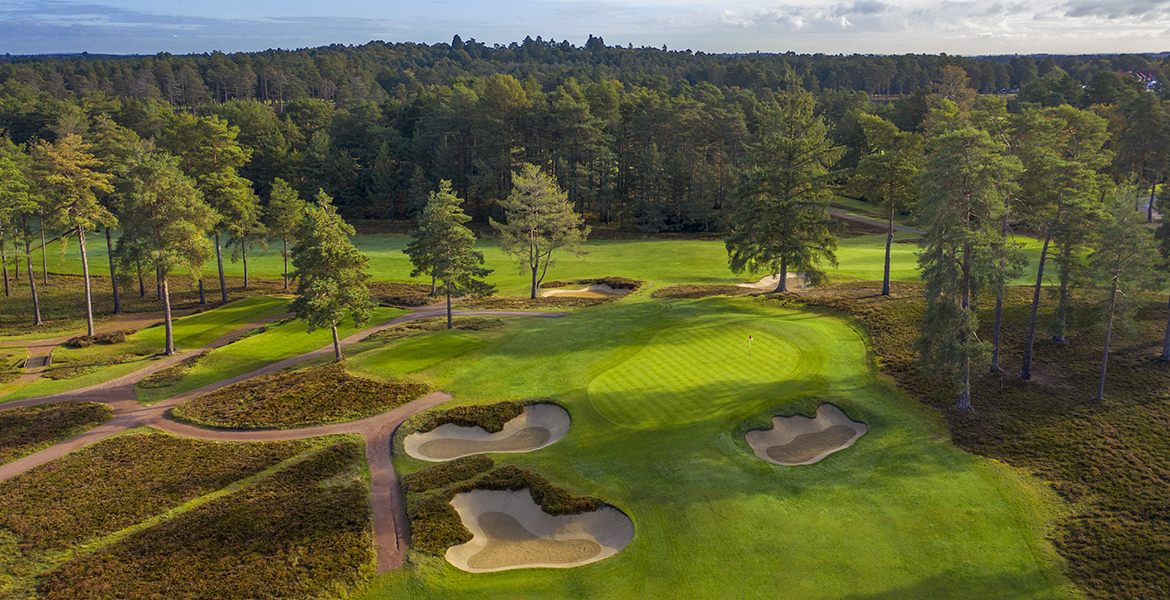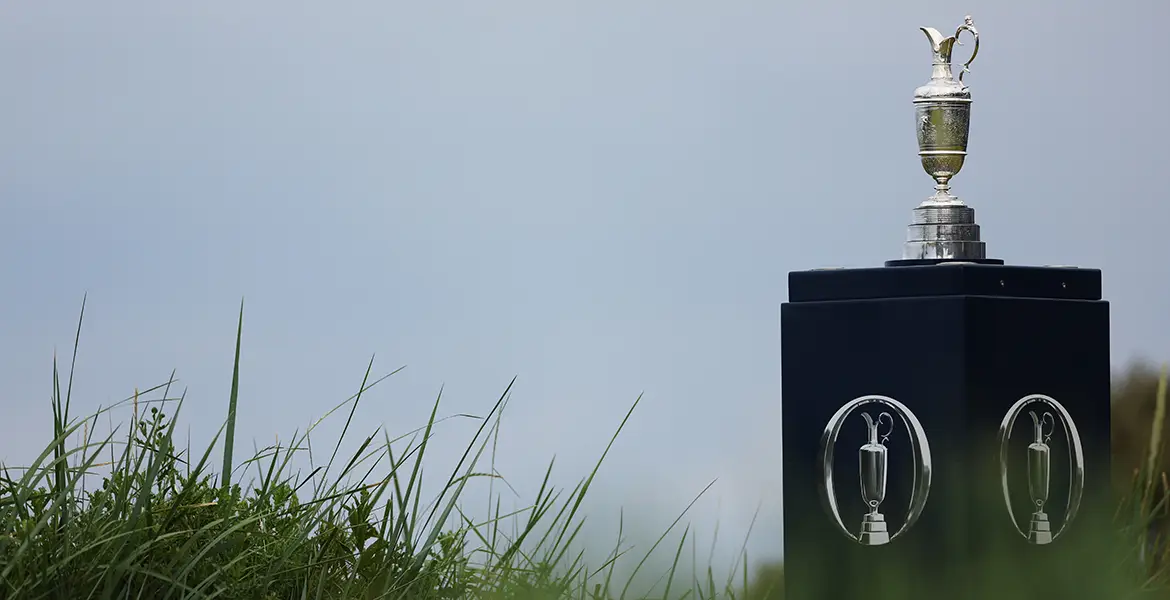Most golfers don’t think of the fairway as an architectural feature, instead believing it’s just there for maintenance. However, we spend almost as much time marking out fairway lines in our new construction as we do anywhere else on the course. Why? Because the fairway is the first target every golfer aims for and where every hole leads. Architects should clearly spell out their intentions for each hole’s journey.
Presenting a fairway to the golfer, we believe the lines should be simple and flowing. The outline, or contour, of the fairway should showcase the topography of the land as well as the hazards on the hole. The worst fairway contouring calls attention to itself through a series of abrupt or irregular mowing lines (on site we call them “squiggles”). This type of mowing pattern is a by-product of modern-day maintenance equipment that can turn on a tight radius.
If you look at old aerial photographs of classic courses, you will see mowing lines that are long, flowing curves or even straight lines. They were mowed with ultra-wide, seven gang mowers, highly efficient at cutting large swaths of turf but not easy to turn. These simple lines gave the appearance that the fairway was draped over the landscape, with the only interruptions a bunker or tree. Back then, the mowing patterns were out and back or half and half; there were none of the distracting stripes or checkerboards found all too frequently on modern courses. Such simplicity allows the fairway to support the golf hole: In musical parlance, the greens and the bunkers are the stars of the show while the fairways lay down the beat and the rhythm that holds it all together.
The fairway allows you to understand the topography of a course more than any other feature. Look at the heaving fairways of Shinnecock Hills, flowing through a sea of native grasses: The green ribbons identify not only where the holes go but how the land moves. Conversely, look at the micro-undulations of the fairways of the Old Course at St. Andrews and, cast in early or late light, the corrugated nature of these contours shows the much more random composition of the landscape. This randomness is a hallmark of how you play the Old Course—not one path but many, no predictable bounces, with enough width in the fairway cut to embrace all of these outcomes.
Width. It is the preeminent word regarding fairways today. Width provides angles, angles provide strategy, and we all love strategy. The widest golf course we’ve built is Streamsong Black. The scale of everything is big and we created extra-wide fairways to match. We also tried to build some interesting strategic decisions into this width with a variety of fairway features. Some of this width contains large contours that move balls over the springy turf; others contain finicky, lower-rolling contours that create sharper reactions to the ball. These features have a great deal of influence on how the course is played and how the strategy unfolds.
However, the sad truth is that not many golfers equate width with strategy. They don’t survey the landscape and think that a well-placed tee shot down the right side, skirting the fairway bunker, will open up a better angle of attack into the green. Golfers are innately aware of good design, but mostly in seeing that they got rewarded for executing a shot.
They also notice design if they feel they’ve been punished for hitting a shot that “wasn’t that bad.” For most golfers, architecture is a learned recognition, the result of repeat play. We’re not sure why it is bad to be on the left side of a hole, we just know it is because we have been there before and it is not a good place to be. As a result, instead of being equated with strategy, we think of fairway width as providing encouragement, excitement, and fun. Which it does! Those qualities, which should be at the forefront of everyone’s appreciation of a golf course, are all the result of the wide fairway.
Lack of width—as we have seen on some of the championship courses we’ve restored—is also significant in the presentation of the golf course. Narrow ribbons provide a test of driving skill that while not much fun is recognized as part of determining major-championship winners. While you can guess where I come down in the debate between wide and narrow, I do recognize that on a flattish, parkland site narrow fairways can be presented so as not to appear out of place. Where narrow becomes problematic is when there is too much slope to create effective width. When hitting a fairway becomes as much about luck as about skill, it is time to get the mowers out and widen those lines.
The next time you look at a fairway, do so with a more critical eye. Does it tie together all the features on the course? Is it distracting to the eye or does it give a sense of place to the ground and to the hole? A lot more goes on in the fairway than just mowing.






